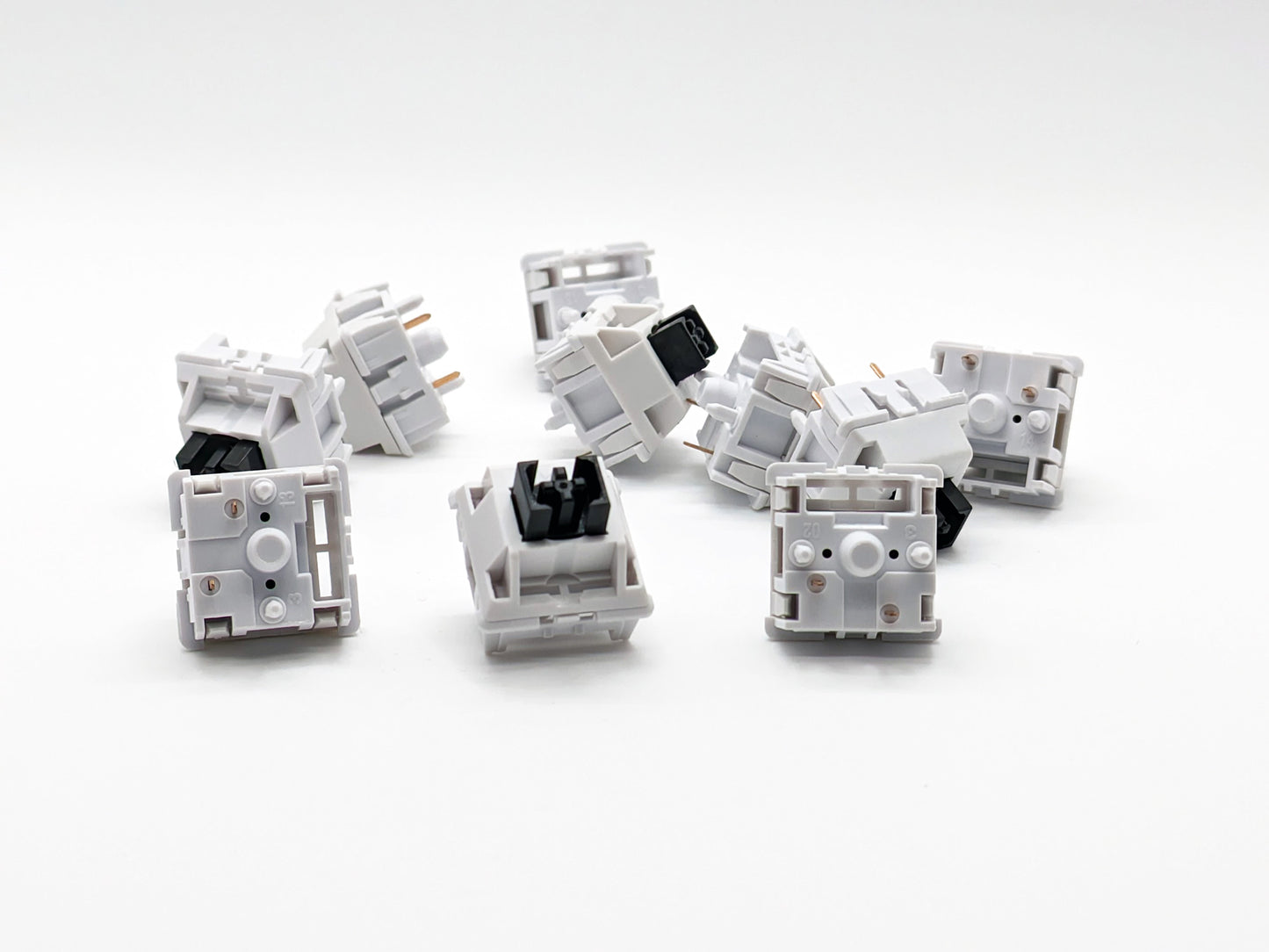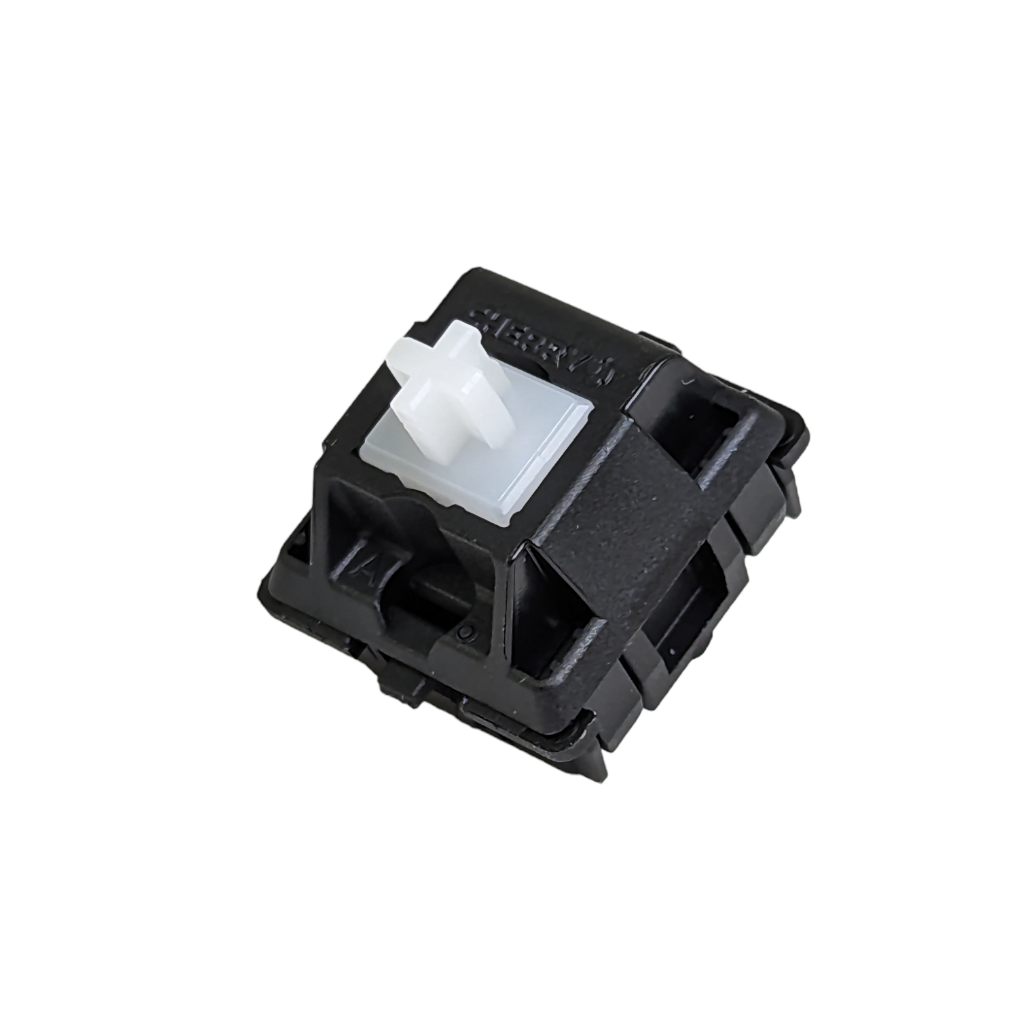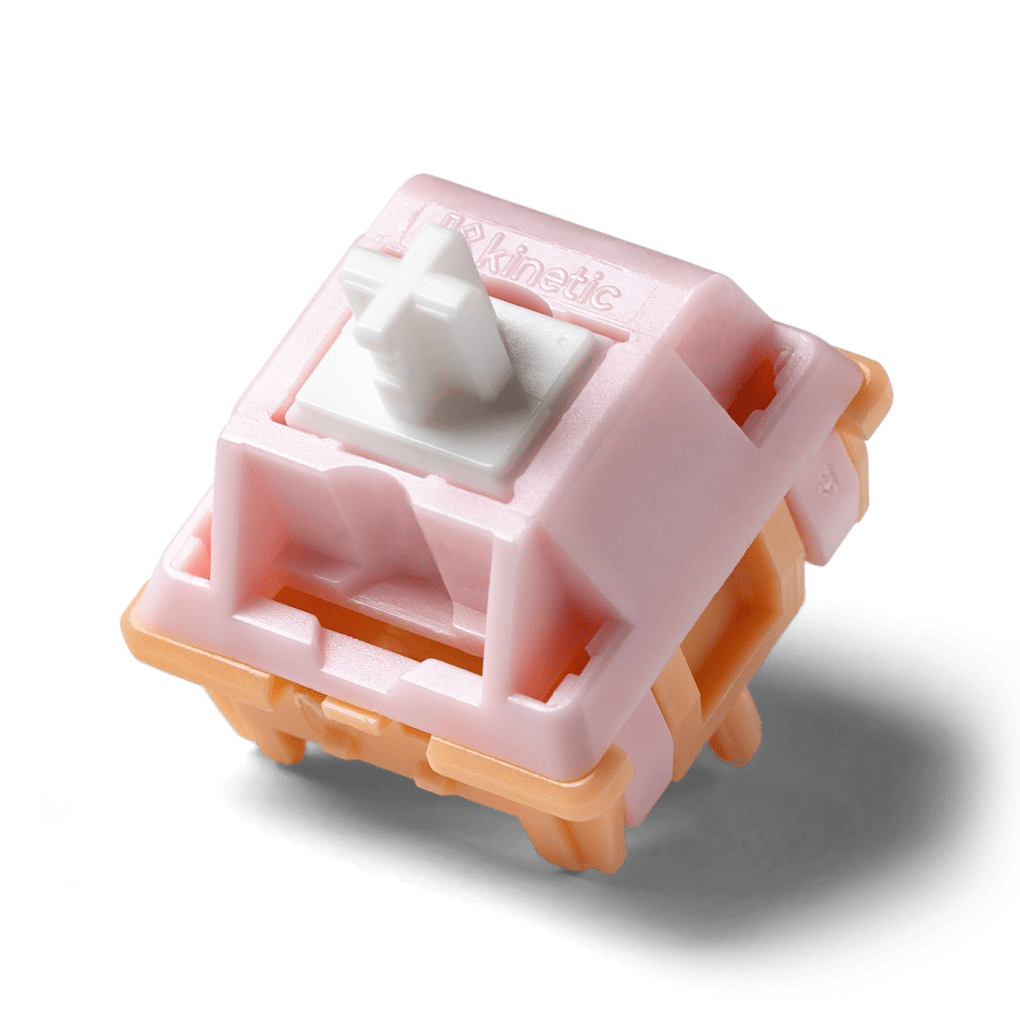Upgrade your keyboard with tactile switches to enjoy a clear feedback bump.
Understanding the Conveniences of Tactile Switches Over for Improved User Experience
Responsive switches are essential to contemporary individual interfaces, offering physical feedback that improves interaction precision and individual complete satisfaction. By supplying an unique experience upon activation, responsive buttons confirm user inputs without the requirement to draw away aesthetic attention, simplifying task execution and reducing error rates.
Discovering the Mechanics of Tactile Switches
To comprehend just how tactile switches boost user experience, it is necessary to dive into their mechanics. Tactile buttons run with a mechanism that customers can really feel and listen to when a secret is pushed. This is achieved by integrating a tiny dome or bump within the button, which produces resistance at a certain factor in the keypress pathway. As soon as this point is exceeded, the resistance paves the way, producing a visible 'click.' This physical sensation is vital as it gives prompt physical feedback to the individual, validating that the input has been made without requiring to trigger the button completely.
The construction of these buttons varies, yet usual products include metal for the contacts and rubber or silicone for the tactile dome - tactile switches. These elements are engineered to stand up to numerous cycles, making certain toughness and regular efficiency gradually. This dependability makes tactile buttons specifically favored in environments that demand fast, accurate individual input
Exactly How Tactile Responses Boosts Accuracy and Rate
Many users find that tactile comments from buttons considerably boosts both the accuracy and rate of their communications with gadgets. The distinctive physical experience given when a tactile switch is activated enables individuals to verify their input without needing to confirm aesthetically. This verification is vital in environments where focus is divided across several tasks, as it makes certain inputs are both intentional and correct.
In addition, the immediate comments from tactile switches reduces the moment taken between activities. Customers do not need to press tricks several times to guarantee activation, resulting in quicker reaction times. This efficiency is particularly beneficial in high-speed typing scenarios where each millisecond can contribute to general efficiency.

Additionally, the boosted sensory experience reduces individual exhaustion and raises involvement, making communications extra instinctive and much less vulnerable to mistakes - tactile switches. Therefore, tactile switches not only boost the functionality of a device yet additionally add to an extra rewarding user experience
The Role of Tactile Switches Over in Pc Gaming Performance

Moreover, tactile buttons add to quicker response times. The physical experience verifies the key press without the requirement to base out the keys, allowing quicker inputs and a smoother gaming experience. This is specifically useful in video games that require rapid and repeated keystrokes, where rate is usually as vital as accuracy.

Responsive Switches in Specialist Environments
Responsive buttons are similarly transformative in expert environments, where efficiency and ergonomic design boost performance. These switches, commonly located in high-precision key-boards, are valued for their responsive responses. When pressed, they offer an obvious bump midway through the keypress, confirming activation without the demand for complete traveling. This feature permits experts such as typists, developers, and data access clerks to boost typing rate and accuracy, decreasing the threat of errors and the pressure related to extended keyboard usage.
In settings like control spaces or workshops, tactile buttons More hints are integrated right into equipment for their reputable performance. They supply operators the assurance needed in high-stakes settings, making certain that every command or modification is performed as planned. This reliability, combined with the responsive feedback, helps preserve high degrees of concentration and operational performance, crucial in maintaining process and conference professional requirements.
Contrasting Tactile and Non-Tactile User Interfaces
How do responsive customer interfaces compare to their non-tactile counterparts? The primary distinction hinges on the feedback supplied to customers. Tactile interfaces, such as those with physical switches or textured surfaces, provide instant physical comments via touch. This sensory response can boost individual precision and speed, especially in environments where visual attention should be split. Non-tactile user interfaces, like those with flat touchscreens, rely on visual or auditory feedback, which may not be as instant or with ease processed.
The option in between responsive and non-tactile user interfaces commonly depends upon the application's context and user requirements. Tactile user interfaces are invaluable in situations requiring procedure without straight line of view, such as driving or in particular commercial settings. Conversely, non-tactile interfaces can be superior in tidy or sterilized settings where physical buttons might nurture impurities. Each kind has its staminas, and the optimal choice boosts individual communication, making certain efficiency and effectiveness in user experience.

Conclusion
In conclusion, tactile buttons dramatically improve customer experiences by supplying vital physical Bonuses comments. By providing a more instinctive and satisfying communication, responsive switches prove premium to non-tactile interfaces, making them a recommended option for users seeking dependability and performance in their interactions with innovation.